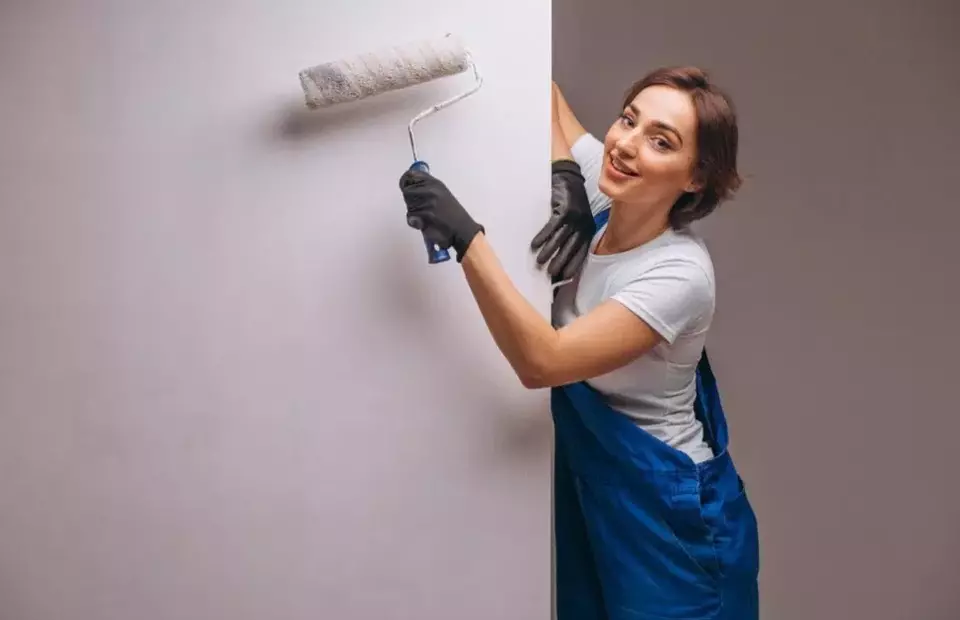Bubbled wall paint is a common problem that can ruin the appearance of a home’s interior. As well as making walls look uneven, paint bubbles can also reduce the lifespan of the paint layer and detract from the room’s overall aesthetics.
This problem is usually caused by moisture becoming trapped beneath the paint layer, errors in the application process, or adverse weather conditions during painting. If left untreated, the paint can crack and peel.
Read on for six effective ways to prevent wall paint from bubbling and keep your paintwork looking smooth and long-lasting.`
How to prevent wall paint from bubbling
- Check and repair any cracks in the walls.
Moisture can enter walls through cracks, especially around windows, doors and corners. Before painting, it is important to inspect the entire wall surface for cracks, both large and small. - Pay attention to weather conditions when painting.
The timing of the paint application significantly impacts the final result. Applying paint in excessively hot, humid, or even rainy weather can accelerate the formation of bubbles. Extreme temperatures and high humidity can cause uneven drying, trapping water vapor beneath the paint layer. Ideally, painting should be done on sunny days with a stable room temperature and good air circulation. - Make sure the walls are not damp
Walls that are still wet or contain high humidity are the main cause of paint bubbling and peeling. Use a moisture meter or dehumidifier to ensure the walls are completely dry before starting the painting process. Especially for walls that have previously experienced leaks or water seepage, make sure that thorough repairs have been carried out before applying new paint. - Clean the wall surface from dust and dirt.
The cleanliness of the walls also plays a major role in determining the quality of the paint. Dust, oil, and other contaminants can hinder the paint’s adhesion to the surface. Before painting, clean the wall with mild soapy water and a clean cloth. Afterward, let the surface dry completely to ensure the paint adheres optimally. This step also helps prevent stains or rough textures from appearing on the final coat of paint. - Use a base coat (primer) before the main coat.
Using a primer or base coat is crucial, especially if you’re painting new walls, patched surfaces, or walls with a porous texture. Primer helps create a stable surface, evens out the pores, and improves the adhesion of the base coat. By using a primer, you not only reduce the risk of bubbles, but you can also save on paint usage and extend the life of the wall paint. - Let each layer of paint dry completely
The drying time between coats of paint should not be neglected. Don’t rush to add a new coat if the previous one isn’t completely dry, as trapped moisture can cause the paint to bubble or even peel. The ideal drying time depends on the type of paint and room conditions, but generally ranges from 2 to 6 hours. Follow the instructions on the paint packaging for best results. In addition to following the six steps above, selecting high-quality paint and following the manufacturer’s instructions also significantly impacts the final result. With careful planning, the right technique, and favorable environmental conditions, you can achieve smooth, even, and durable walls.

